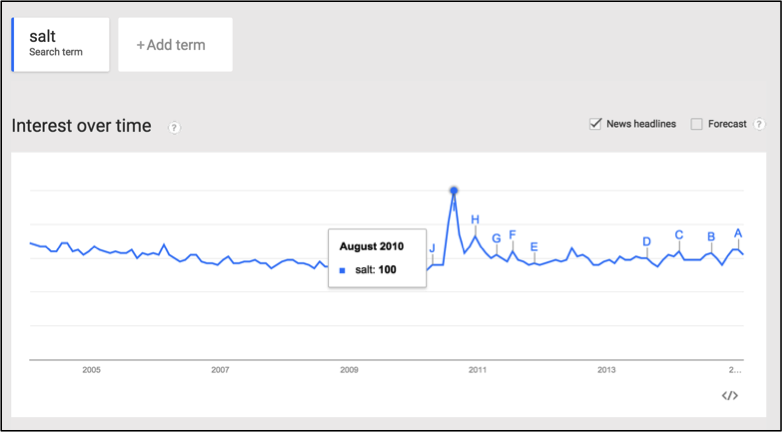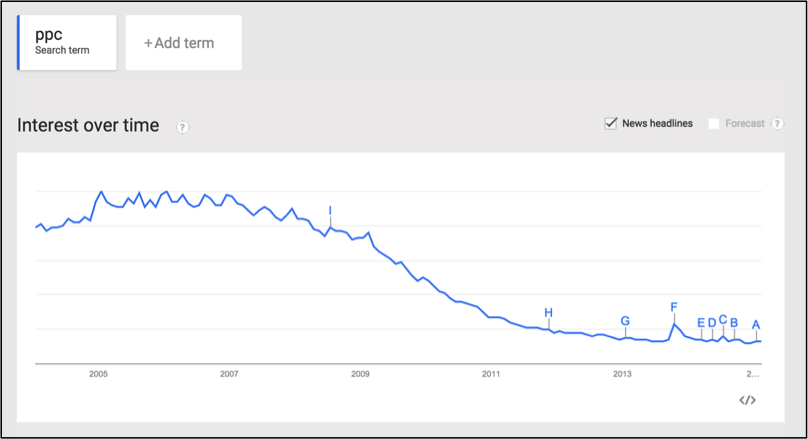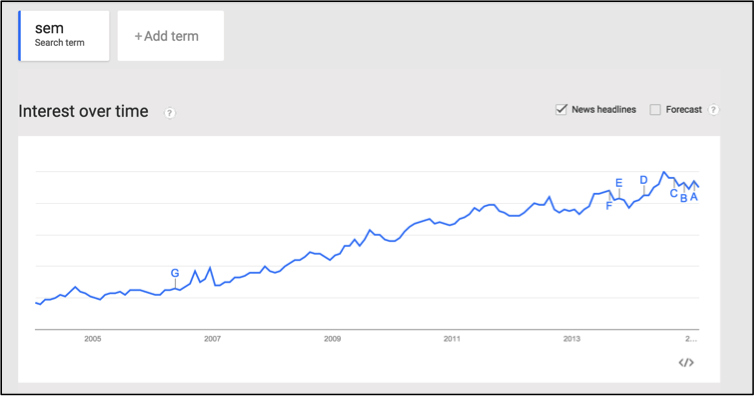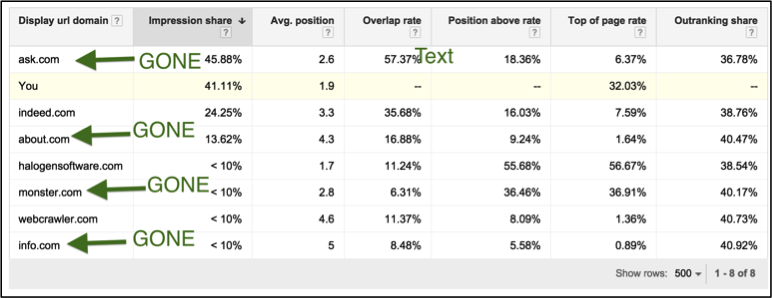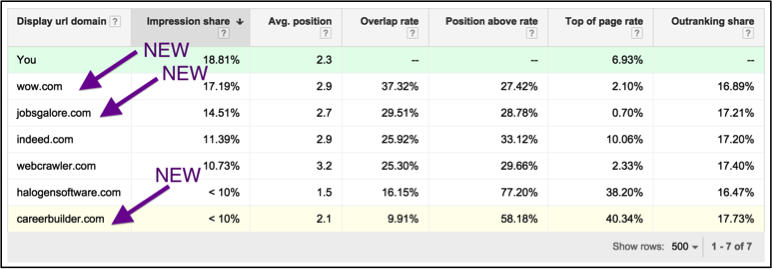People love to talk year-over-year performance – both the good and the bad. Every six months (or so), we will do an account review for our clients. A lot of the time, if there is year-over-year data, we use it! And why not? How do we know that we are doing well if we have nothing to compare performance? However, the problem with year-over-year performance is that a lot can change in a year. All of these factors could be different:
- Market
- Account
- Competition
- Paid search landscape
These factors lead to a comparison that a lot of the time isn’t as “Apples-to-Apples” as we would like to believe.
Change is a good thing. No one gets excited about being stagnant. Understanding and comparing your year-over-year paid search performance is still important (Spoiler Alert: I’m about to give away the whole point to this post). The key is to be knowledgeable about everything that could be impacting your year-over-year numbers in order to have an educated conversation.
The Market Changes
If your performance saw large fluctuations from 2014, a change in the market could be contributing. I like to bring in Google Trends as an unbiased outsider. Looking at impressions year-over-year is too fickle. Did you do more Display last year because that would have led to many more impressions. Google Trends tells you worldwide if there has been a shift in interest.
Let’s say I sell salt. In Economics 101, a professor once told me that the demand for salt would never vary. Looking at Google Trends from 2005 onward, he basically called it. Besides in August 2010 when Angelina Jolie’s movie called “Salt” was released, the demand or search for salt has remained pretty consistent.
Salt may remain constant, but many other searches see increases or decreases over lengths of time. Since you are reading this, you probably are a fan of paid search. A decline in searches for “ppc” has been trending since 2007.
However, when you look at the term “sem”, we see the complete opposite trend line. Looking at changes in searches for your top keywords can determine how the market has changed.
In all of my examples, I looked at large timeframes of many years to demonstrate large fluctuations, but these timeframes can be adjusted to as small as a seven day period of time. If you think the shift in traffic, either more or less, could be changing paid search, Google Trends might give some initial insights.
You Change
Change could be something paid search account specific or related to the business as a whole. Here are a few examples of some ways that the account could have changed:
- New website
- Shift focus (for example, more emphasis on Display)
- Goal reassessment
Were you going after more conversions? Were you trying to cut CPL? These are all initiatives that affect PPC performance. If the goals change, these tactics could result in less revenue year-over-year or higher cost-per-conversions. In these moments, the goal is the most important metric.
When you are looking at how the business changed, look at the changes in the product or services. Is there less inventory offered this year? More? These things matter! For example, let’s say I offer yoga classes in various suburbs of Chicago and want to increase the amount of people who register online. In 2015, I increased the number of classes offered at each suburb. The increase in classes should directly correlate with an increase in conversions. There’s just more options for the visitor. Revenue will go up, purchases will go up up, but it can be accredited solely to paid search. The business changed. You can say, “The business grew and as a result paid search grew too.”
Your Competitors Change
Are more businesses entering the marketplace? Have you bought companies out? Have your competitors changed paid search strategies? I looked at the auction insights for one keyword year-over-year. My top competitors in 2014 vary drastically from the competitors in 2015.
Here is my competitive space in February 2014:
Now, take a look at February 2015:
We change and so do our competitors. What our competitors choose to do directly impacts the cost-per-click, which affects our cost-per-conversion. Certain industries, like insurance or technology, have particularly high cost-per-clicks and as competition grows, there is only so much that we can do to fight the rising prices in the auction:
- Keep our bids consistent and have our average position drop.
- Cross your fingers that improving quality score will help give us a tiny boost.
- Increase bids to keep fighting for your spot near the top.
Paid Search Changes
A full year has passed in paid search. We have new features and have lost some. Shopping ads, ad customizers, remarketing for search ads and enhanced campaigns are all examples of features over the last few years that change the space and change our accounts performance. A year ago, Cassie wrote about sensitive product remarketing and how Google was buckling down. If you use to do remarketing, but now you can’t, that type of change can really affect year-over-year numbers. When features in paid search change with additions or losses, all we can do is adapt and what strategy evolves might create a much different account than was used a year ago.
Context, Context, Context
Please don’t take away that year-over-year performance is useless. It’s not. It’s just not a foolproof comparison as it is easy to assume. We should continue using year-over-year performance, because it is important to understand how and why it varies. Knowing the context that is behind the year-over-year change will have more impact on strategy than assuming it was solely the management that caused the change good or bad.



